r Cinex RIFAMPICIN + ISONIAZID
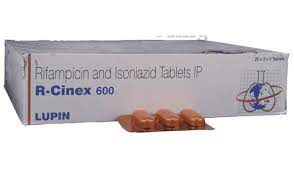
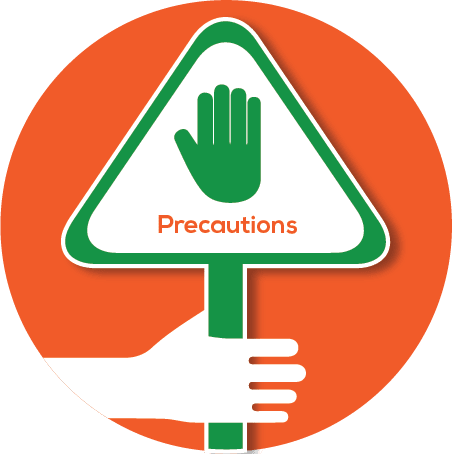
Can I take combination of Isoniazid and Rifampicin while breastfeeding?
Isoniazid, which is a medication used to treat tuberculosis, is generally considered safe during breastfeeding. It passes into breast milk in small amounts, but these are not expected to harm a nursing infant. However, infants should be monitored for any signs of liver problems, as isoniazid can affect the liver. Rifampicin, which is another tuberculosis medication, also passes into breast milk in small amounts. It is usually safe for breastfeeding mothers, but it can cause the breast milk to turn a reddish color, which is harmless. Infants should be observed for any unusual symptoms. Both isoniazid and rifampicin are used to treat tuberculosis and are considered safe during breastfeeding. They share the common attribute of passing into breast milk in small amounts, but neither is expected to harm the infant. Monitoring the infant for any side effects is recommended for both medications.

What disease or symptom is combination of Isoniazid and Rifampicin used for?
Isoniazid and Rifampicin are both used to treat tuberculosis, which is a serious infectious disease that mainly affects the lungs. Isoniazid is unique because it works by stopping the growth of bacteria that cause tuberculosis. It is often used as a first-line treatment and can also be used to prevent the disease in people who have been exposed to the bacteria but are not yet sick. Rifampicin, on the other hand, is unique because it not only treats tuberculosis but also other bacterial infections like leprosy, which is a chronic disease affecting the skin and nerves. Both medicines are often used together because they work better in combination to effectively kill the bacteria and prevent resistance, which is when bacteria become immune to the effects of the drugs.
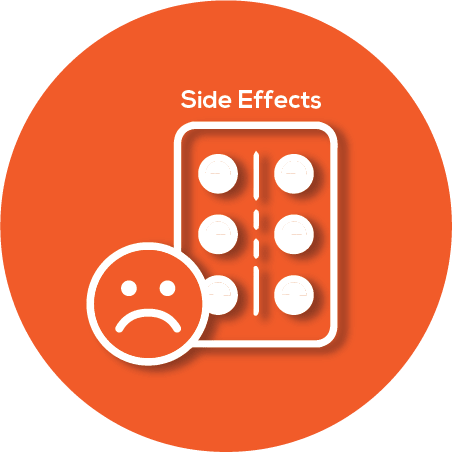
Are the medicines in combination of Isoniazid and Rifampicin safe to take together?
Isoniazid and Rifampicin are both antibiotics used to treat tuberculosis. When taken together, they can interact with other medications. Isoniazid can increase the levels of certain drugs in the body, which means it can make them more potent. Rifampicin, on the other hand, can decrease the levels of some drugs, making them less effective. This is because Rifampicin speeds up the breakdown of drugs in the liver. To monitor these interactions, doctors often check blood levels of the affected drugs. They may also watch for side effects or changes in how well the drugs are working. Regular blood tests and check-ups are important to ensure that the treatment is safe and effective. Patients should always inform their healthcare provider about all the medications they are taking.

How do I store combination of Isoniazid and Rifampicin?
Isoniazid and Rifampicin are both medications used to treat tuberculosis, which is a bacterial infection that mainly affects the lungs. Neither of these medications require refrigeration. They should be stored at room temperature, which means keeping them in a place that is not too hot or too cold, and away from direct sunlight and moisture. Isoniazid is unique because it works by stopping the growth of bacteria. It is important to take it on an empty stomach, which means either 1 hour before or 2 hours after a meal. Rifampicin, on the other hand, is known for its ability to kill bacteria by interfering with their ability to make proteins. It can cause a harmless red-orange discoloration of bodily fluids, like urine and tears. Both medications are crucial in the treatment of tuberculosis and should be taken exactly as prescribed by a healthcare provider.

How effective is combination of Isoniazid and Rifampicin?
Isoniazid and Rifampicin are both effective in treating tuberculosis, which is a serious infectious disease that mainly affects the lungs. Isoniazid works by killing the bacteria that cause tuberculosis, which are called Mycobacterium tuberculosis. It is particularly effective in the early stages of treatment. Rifampicin also targets these bacteria but works by stopping them from making essential proteins, which are needed for their survival. Both medicines are often used together because they attack the bacteria in different ways, making the treatment more effective. They share the common attribute of being part of the first-line treatment for tuberculosis, which means they are among the first medicines used to treat this disease. However, each has unique attributes: Isoniazid is known for its ability to prevent the disease in people who have been exposed to the bacteria, while Rifampicin is also used to treat other infections like leprosy.

Can I take combination of Isoniazid and Rifampicin if I am pregnant?
Isoniazid, which is a medication used to treat and prevent tuberculosis, is generally considered safe during pregnancy. However, it is important for pregnant women to take vitamin B6 supplements alongside it to prevent nerve damage. Rifampicin, which is another drug used to treat tuberculosis, is also used during pregnancy but with caution. It can cross the placenta, which means it can reach the baby, and may cause bleeding problems in the newborn. Both Isoniazid and Rifampicin are used to treat tuberculosis, which is a serious infection that can harm both the mother and baby if left untreated. While both drugs are used during pregnancy, they require careful monitoring by a healthcare provider to ensure the safety of both the mother and the baby. It is crucial to weigh the benefits of treating tuberculosis against the potential risks of these medications during pregnancy.

Are there harms and risks from taking combination of Isoniazid and Rifampicin?
Isoniazid and Rifampicin are both used to treat tuberculosis, which is a bacterial infection that mainly affects the lungs. Isoniazid can cause side effects like nausea, vomiting, and numbness in the hands and feet, which is called peripheral neuropathy. A significant adverse effect of Isoniazid is liver damage, which can lead to symptoms like yellowing of the skin or eyes, known as jaundice. Rifampicin can cause side effects such as stomach upset, heartburn, and a reddish-orange discoloration of bodily fluids like urine and tears. A significant adverse effect of Rifampicin is also liver damage, similar to Isoniazid. Both drugs share the risk of liver damage, so regular monitoring of liver function is important. They are often used together in treatment, but each has unique side effects that need to be managed carefully.

How does combination of Isoniazid and Rifampicin work?
Isoniazid and Rifampicin are both used to treat tuberculosis, which is a bacterial infection that mainly affects the lungs. Isoniazid works by inhibiting the synthesis of mycolic acids, which are essential components of the bacterial cell wall. Without these acids, the bacteria cannot survive. Rifampicin, on the other hand, works by inhibiting RNA polymerase, which is an enzyme necessary for the bacteria to make proteins and reproduce. Both medicines are effective against the bacteria that cause tuberculosis, but they work in different ways. They are often used together to prevent the bacteria from becoming resistant to treatment. This combination therapy is more effective than using either drug alone. Both drugs are taken orally and are absorbed into the bloodstream, where they travel to the site of infection to exert their effects.

What is the usual dose of combination of Isoniazid and Rifampicin?
The usual adult daily dose for Isoniazid, which is a medicine used to treat and prevent tuberculosis, is typically 300 mg taken once a day. Rifampicin, which is another medicine used to treat tuberculosis and other bacterial infections, is usually taken at a dose of 600 mg once a day. Isoniazid is unique because it specifically targets the bacteria that cause tuberculosis, and it is often used as a preventive measure for those who have been exposed to the disease. Rifampicin is unique in its ability to treat a broader range of bacterial infections beyond tuberculosis. Both medicines share the common attribute of being essential in the treatment of tuberculosis. They are often used together in combination therapy to effectively combat the disease and prevent the development of drug-resistant strains of bacteria.

How long does it take for combination of Isoniazid and Rifampicin to work?
The time it takes for a combination medicine to start working depends on the individual medicines involved. For example, if the combination includes ibuprofen, which is a pain reliever and anti-inflammatory drug, it typically starts working within 20 to 30 minutes. On the other hand, if the combination includes acetaminophen, which is another pain reliever, it usually begins to work within 30 to 60 minutes. Both medicines are used to relieve pain and reduce fever, which means they share the common attribute of providing pain relief. However, ibuprofen also reduces inflammation, which is swelling and redness, while acetaminophen does not. Therefore, the combination medicine may start working within 20 to 60 minutes, depending on the specific medicines included and their unique attributes.

How do I know if combination of Isoniazid and Rifampicin is working?
The benefits of Isoniazid and Rifampicin are measured by their effectiveness in treating tuberculosis, which is a bacterial infection that primarily affects the lungs. Isoniazid works by killing the bacteria that cause tuberculosis, and its benefit is assessed by the reduction in bacterial load and improvement in symptoms. Rifampicin also kills bacteria but has a broader spectrum, meaning it can treat other infections too. Its benefit is measured similarly by the reduction in symptoms and bacterial presence. Both drugs are often used together because they work better in combination, reducing the risk of the bacteria becoming resistant. They share the common attribute of being essential in the standard treatment regimen for tuberculosis, and their effectiveness is monitored through regular medical check-ups and tests to ensure the infection is being controlled.

Who should avoid taking combination of Isoniazid and Rifampicin?
Isoniazid and Rifampicin are medications used to treat tuberculosis, which is a bacterial infection that mainly affects the lungs. Both drugs can cause liver damage, so people with liver disease should use them cautiously. Regular liver function tests are recommended during treatment. Isoniazid can cause nerve damage, which refers to harm to the nerves that can lead to tingling or numbness in the hands and feet. To prevent this, doctors often prescribe vitamin B6 alongside it. Rifampicin can cause urine, sweat, and tears to turn a reddish-orange color, which is harmless but can stain clothing. It can also reduce the effectiveness of birth control pills, so alternative contraception methods should be used. Both drugs can interact with other medications, so it’s important to inform your doctor about all medicines you are taking. They should not be used by people who are allergic to them.

Can I take combination of Isoniazid and Rifampicin with other prescription drugs?
Isoniazid and Rifampicin are both used to treat tuberculosis, which is a bacterial infection that mainly affects the lungs. Isoniazid can interact with certain medications like phenytoin, which is used to control seizures, by increasing its levels in the blood, potentially leading to toxicity. It can also affect the metabolism of other drugs like warfarin, which is a blood thinner, increasing the risk of bleeding. Rifampicin, on the other hand, can decrease the effectiveness of many drugs, including oral contraceptives, which are birth control pills, and certain antiretrovirals, which are used to treat HIV. This happens because Rifampicin speeds up the breakdown of these drugs in the liver. Both Isoniazid and Rifampicin can cause liver damage, so they should be used with caution in people with liver problems. They also share the common attribute of being part of the standard treatment regimen for tuberculosis.

How does one take combination of Isoniazid and Rifampicin?
Isoniazid should be taken on an empty stomach, which means one hour before or two hours after a meal, to ensure better absorption. It's important to avoid alcohol while taking Isoniazid, as it can increase the risk of liver damage. Rifampicin should also be taken on an empty stomach, either one hour before or two hours after a meal, for optimal absorption. Like Isoniazid, alcohol should be avoided with Rifampicin due to potential liver damage. Both medicines are used to treat tuberculosis, which is a bacterial infection affecting the lungs. They share the common attribute of requiring careful monitoring of liver function during treatment. However, Isoniazid is unique in that it may cause peripheral neuropathy, which is nerve damage, and taking vitamin B6 can help prevent this. Rifampicin is unique in that it can cause bodily fluids like urine and tears to turn a reddish-orange color, which is harmless but can be alarming.

For how long is combination of Isoniazid and Rifampicin taken?
Isoniazid and Rifampicin are both used to treat tuberculosis, which is a bacterial infection that mainly affects the lungs. The typical duration of use for these medicines is usually 6 to 9 months, depending on the specific treatment plan prescribed by a healthcare provider. Isoniazid is unique because it works by stopping the growth of bacteria. It is often used as a preventive treatment for people who have been exposed to tuberculosis but do not yet show symptoms. Rifampicin, on the other hand, is known for its ability to kill bacteria that are actively growing. It is also used to treat other infections like leprosy. Both medicines are often used together because they work in different ways to effectively combat the tuberculosis bacteria. They share the common attribute of being antibiotics, which are medicines that fight bacterial infections.

What is combination of Isoniazid and Rifampicin?
Isoniazid and Rifampicin are commonly used to treat tuberculosis, which is a serious infectious disease that mainly affects the lungs. Isoniazid works by inhibiting the synthesis of mycolic acids, which are essential components of the bacterial cell wall, thereby killing the bacteria. Rifampicin works by inhibiting RNA polymerase, which is an enzyme necessary for bacterial RNA synthesis, thus preventing the bacteria from multiplying. Both medicines are often used together as part of a combination therapy to effectively combat tuberculosis and prevent the development of drug resistance.
Available in 4 variations

R Cinex Capsule 10s
strip of 10 capsules

R Cinex 600 Tablet 3s
strip of 3 tablets

R Cinex 100mg/50mg Tablet 10s
strip of 10 tablets

R Cinex 100 mg/100 mg Tablet 10s
R Cinex 100 mg/100 mg Tablet 10s
strip of 10 tablets





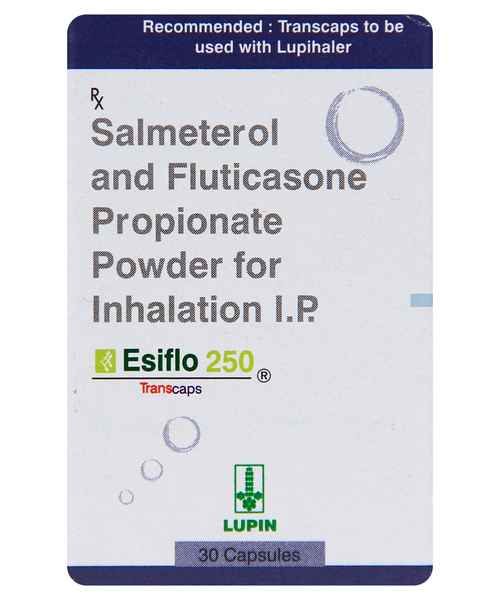
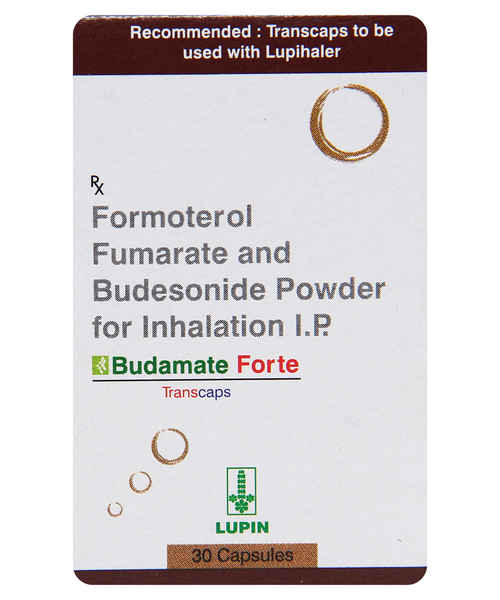
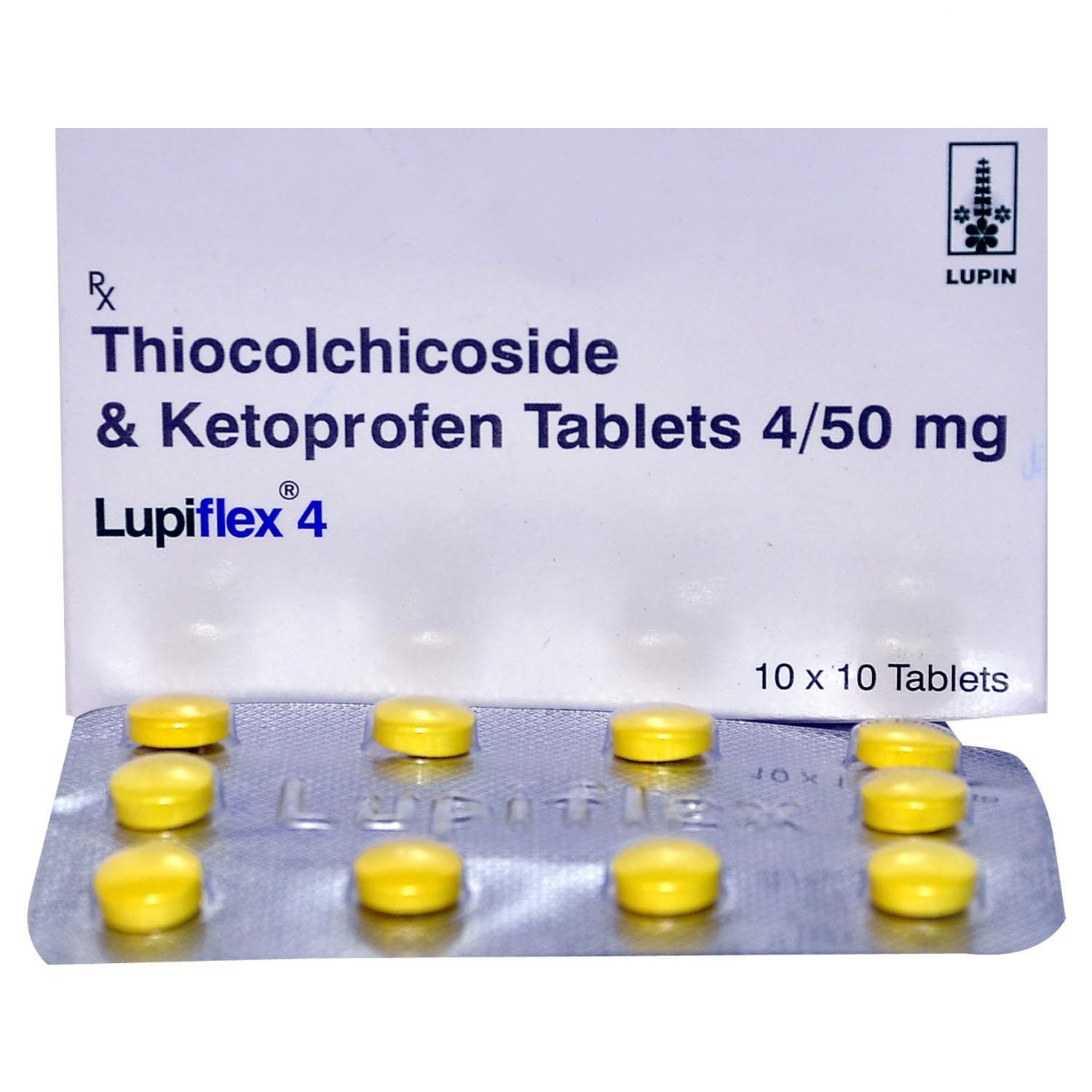

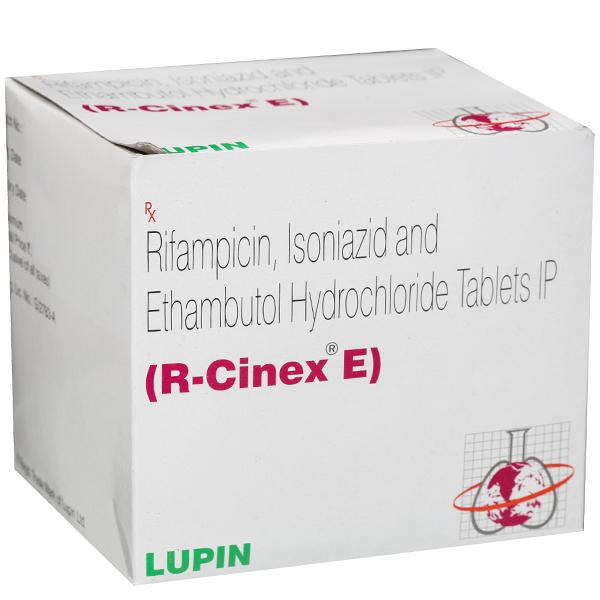




.svg)
